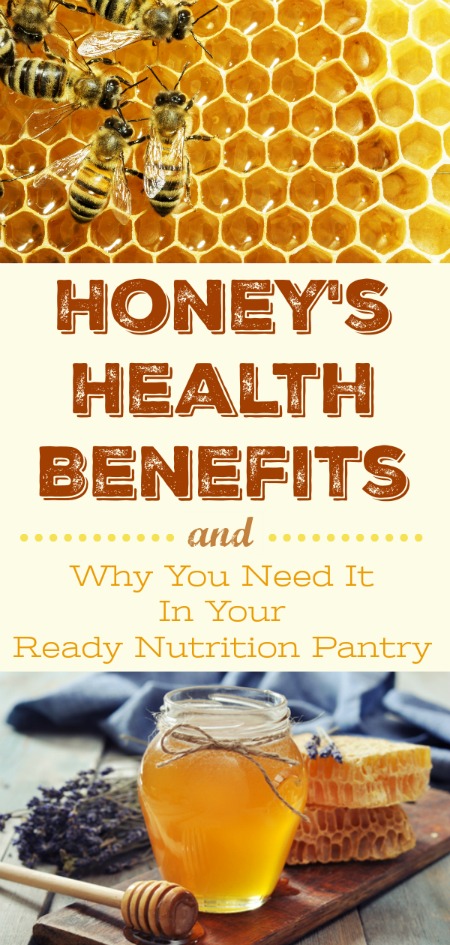
Honey actually fights against bacteria such as Pseudomonas aeruginosa, and Staphylococcus aureus. The latter is the most common bacteria found in the human nasal passages and nose. Also, honey should be as raw as possible, and the darker the better. Dark honey contains more antioxidants, and it is more effective in fighting microorganisms and bacteria.
It is highly effective as a cough-suppressant and as a demulcent. That latter term means something that coats the throat and the linings of the trachea and mouth to soothe the surfaces…a principle for which cough drops and lozenges have a primary function/goal. Buckwheat honey surpasses dextromethorphan (the primary cough suppressant found in Robitussin, for example) in terms of cough suppressant action.
There is also a type of honey known as Manuka Honey, a special type of healing honey that can fight against more than 200 types of bacteria and some of the species it defeats are resistant strains such as MRSA (Methicillin-resistant Staphylococcus aureus). Manuka honey is obtained from bees that are in New Zealand and is differentiated from other types of honey for its healing qualities because it comes from pollen the bees there take from the Manuka bush.
This bush apparently has a compound in its nectar called dihyroxyacetone…and this compound is converted from the nectar when the honey is made by the bees into another compound called MG. This MG stands for methylglyoxal, and it is found in other types of honey, but in only small qualities. It is believed that Manuka honey’s main “power” as an antibiotic comes from this high concentration of MG formed when the bees convert the Manuka bush nectar into honey. The Manuka honey can be used to treat burns, ulcers, and bacterial infections. Local health food stores in your locality may carry this health-promoting honey too.
When you treat a wound with honey, what happens is similar to what happens with sugar…a substance with high osmolality (basically, it can remove/absorb the fluid from a wound). While the water content of the wound is reduced by this action, the growth of bacteria is greatly inhibited. Honey is hypersaturated with sugar (about 80%), and it kills Staph bacteria within a couple of hours of application. The sugar also causes the bacteria to dehydrate and stops their spread.
- You can apply it topically on wounds or burns to help soothe the wound and stop the spread of microorganisms.
- Be careful to follow standard first-aid procedures first, such as cleaning the wound/burn, and stopping the bleeding prior to the application of the honey. Also, safety precautions are in order.
- Do not use honey as first-aid for an infant that is one-year-old or younger: their immune system is not developed yet, and if raw honey is given, it can contain spores of botulism that adults will not be harmed with, but will hurt an infant.
- Do not give it to a diabetic and anyone who has ever suffered an allergic reaction to it, or is allergic to bee-stings.
Consider the honey in your supplies, as it is easy to obtain, not particularly expensive, and it has few complications regarding its administration as a first-aid measure. Learn as much about it as possible (let this article be a “Honey 101” primer to stimulate your interest), and realize how it will be useful in a medical emergency and almost always readily available. We hope! Read the excellent article written by Ready Nutrition’s Lisa Egan on the dangers faced with the world bee population declining and why it is occurring. Until next time, stay in that good fight! JJ out!

This article was originally published at Ready Nutrition™ on September 17th, 2018






